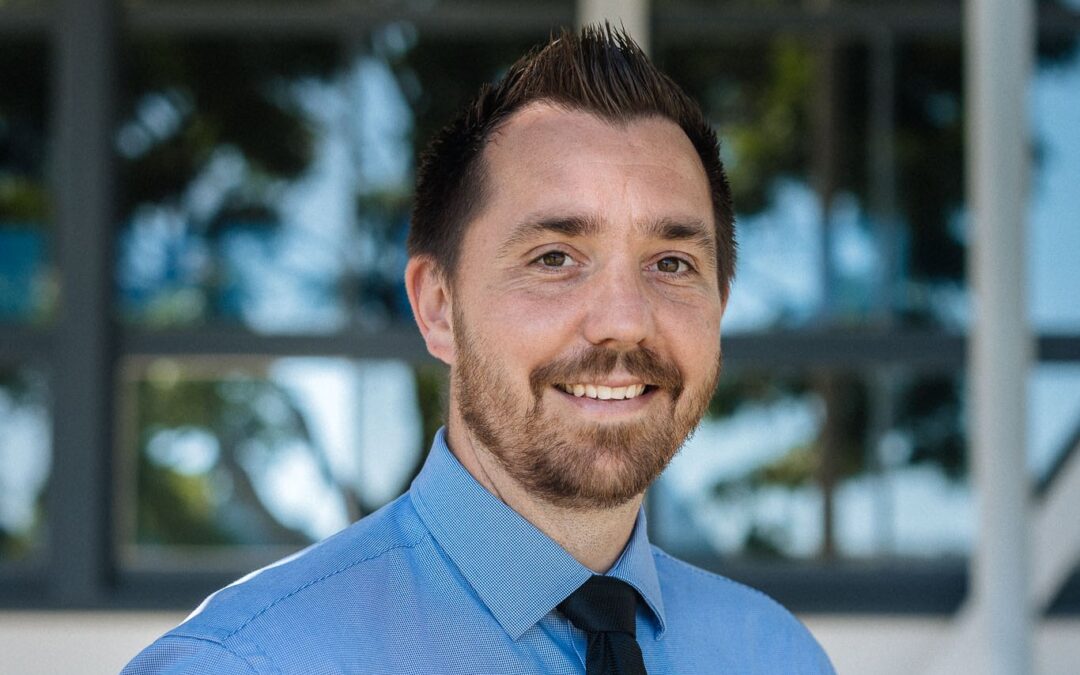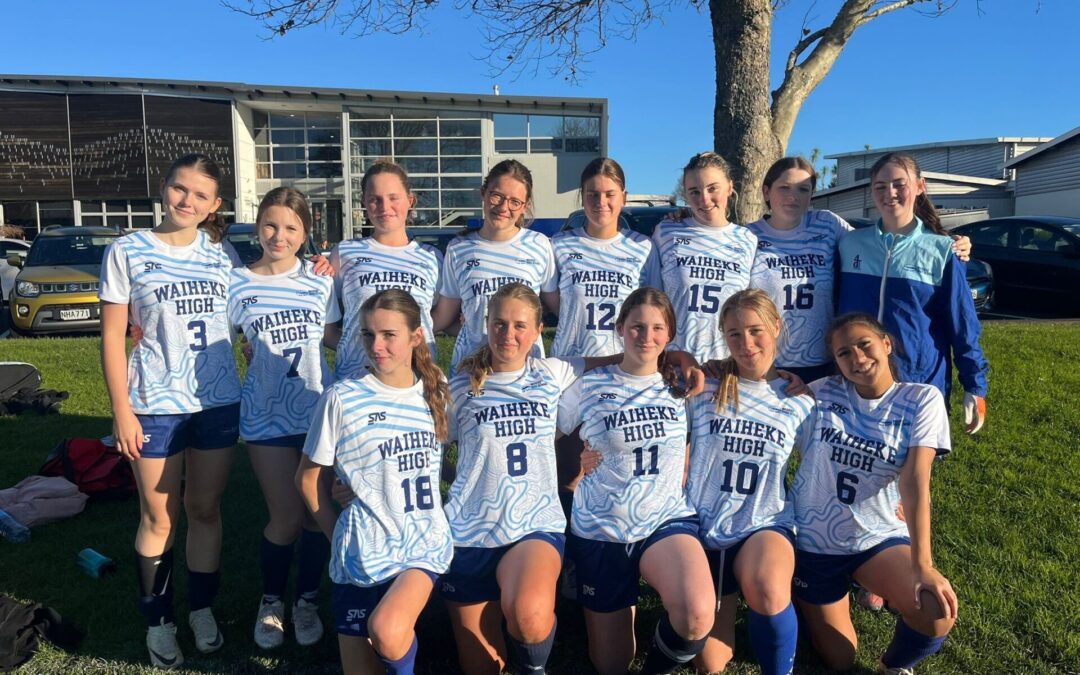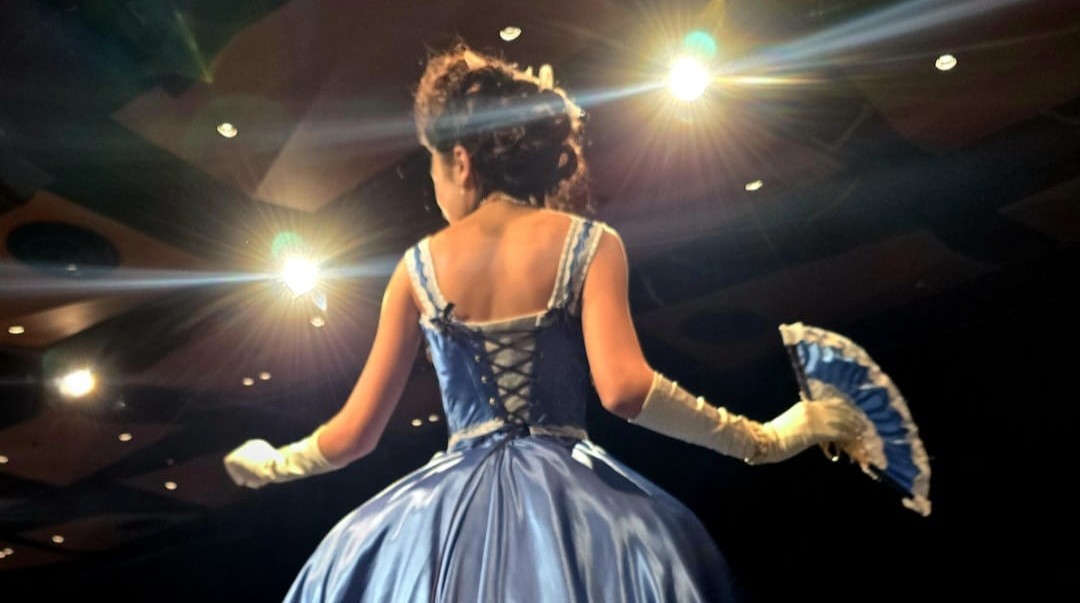Tēnā koutou katoa,
This week we celebrate Te Wiki o Te Reo Māori. For many, this has become a natural and expected part of our annual calendar and, for youth especially, it is hard to think of a time where te reo Māori was anything but a normal part of life in Aotearoa. To understand the importance, it is critical to understand the history of the language and why we celebrate this week.
200 years ago in 1825, almost everyone in New Zealand spoke exclusively in te reo Māori. The few hundred non-Māori were dwarfed by the Māori population and tended to assimilate into Māori communities and learn te reo Māori. With the signing of Te Tiriti in 1840, the number of foreign immigrants increased dramatically. By the late 1840s, there were around 15,000 non-Māori in NZ and the government began establishing laws around education. The education ordinance legislation in 1847 mandated English as the only language of instruction in public schools. This was then followed up in 1858 by the native schools act which established schools in rural areas with the direct aim of teaching English to Māori students.
By 1860, 165 years ago, it is thought that the number of pākehā equaled the number of Māori. In 35 short years, the proportion of New Zealanders who spoke Te Reo Māori as their first language had declined from near 100% down to 50% at best. Over the following 100 or so years, Te Reo Māori was pushed further toward the brink – going from dominant, to equal use, to a rarity – including among Māori. It is estimated that in the mid 1970’s as little as 1 in 10 Māori were able to speak te reo Māori which represented just 1.2% of the population of Aotearoa. By most modern metrics, at that time this would have been considered an endangered language.
53 years ago, the Māori language petition was presented to parliament on the 14th of September 1972. The petition, and its 30,000 signatories, asked that Te Reo Māori be offered for learning at all schools in New Zealand and is seen by many as the first step in a long journey to rescue the Māori language. Where previously children were punished for speaking te reo Māori in school, for the first time in New Zealand’s history te reo Māori was accepted. From this petition, momentum grew with kohanga reo starting in 1982 to teach Māori from early childhood and the first kura kaupapa Māori opening in 1985.
A milestone verdict was also reached with the Waitangi Tribunal in 1985 recognising that te reo Māori was a taonga that the government had a responsibility to protect. This paved the way for te reo Māori finally becoming an official language of Aotearoa in 1987, almost 150 years after Te Tiriti o Waitangi was signed.
Over the past 38 years, the revitalisation movement for te reo Māori has borne fruit with te reo Māori use and fluency steadily rising based on statistics from successive national censuses and other statistical investigations. In spite of this growth, te reo Māori use is still dwarfed in our society compared to English with less than 5% of the population able to hold a conversation in te reo Māori. Clearly we have a long way to go yet before we, as a nation, reach an equal status of te reo Māori as a taonga of Aotearoa. It took about 150 years for te reo Māori to go from thriving to almost extinct; and it will likely take 150 years to go from near extinction back to thriving. This is why we celebrate Te Wiki o Te Reo Māori and encourage this growth for the future generations of Aotearoa.
I want to close by thanking all the parents and students for their hard work this term and the investment poured into education. Term 3 is often a hard slog with the winter months and associated illnesses and we have made it through. I hope the sun starts to come out over the next couple of weeks and everyone gets a well deserved rest.
Ngā mihi nui,
Cameron Flude







